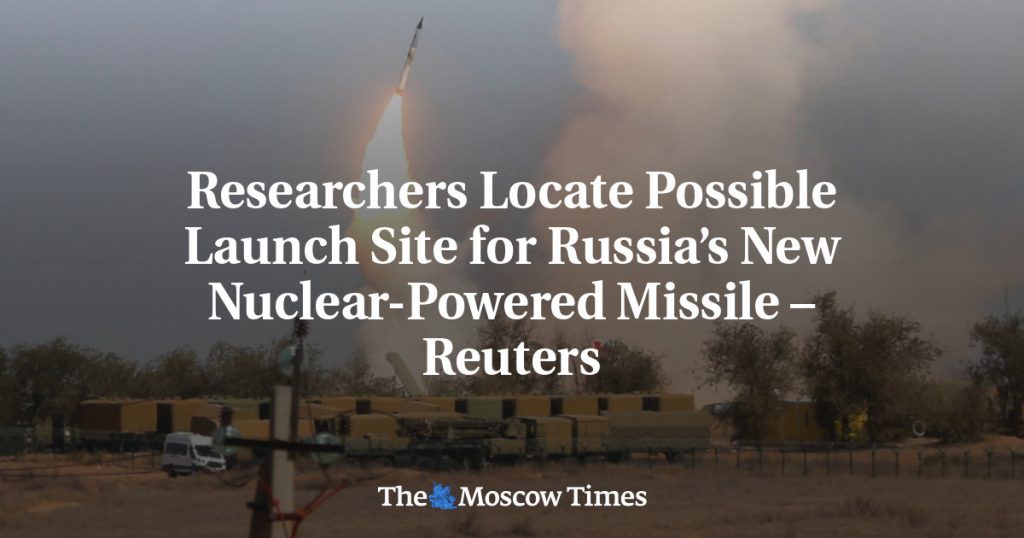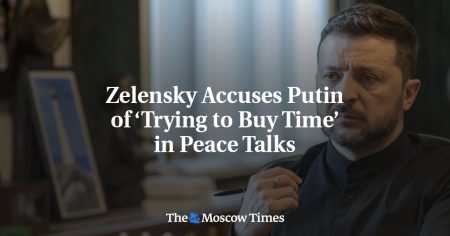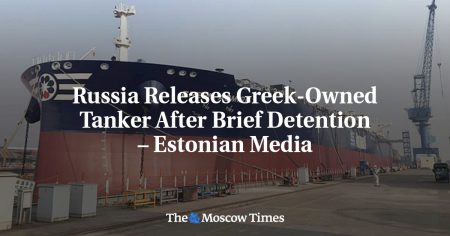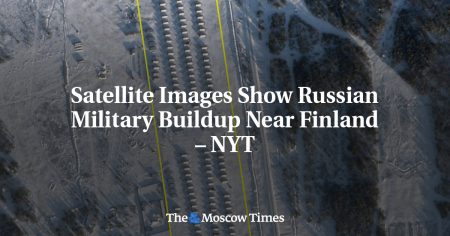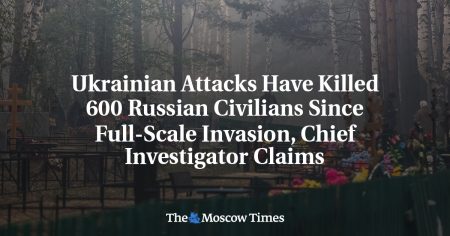Researchers have identified a new potential deployment site for Russia’s Burevestnik nuclear-armed cruise missile, naming a construction project near a nuclear warhead storage facility 475 kilometers north of Moscow as a possible location. Satellite imagery of the site, known as Vologda-20 or Chebsara, shows unique and different features that indicate it may be related to the development of the Burevestnik missile, which is nuclear-powered. However, experts have not been able to definitively assess this information, highlighting the secrecy and ambiguity surrounding Russia’s missile program.
President Vladimir Putin previously described the Burevestnik missile as “invincible” with an almost unlimited range and the ability to evade American missile defenses. Despite these claims, the missile, also known as Skyfall by NATO, has a poor test record, with a significant incident occurring in August 2019 when it crashed during secret rocket engine tests in northern Russia, resulting in the deaths of five scientists. Western experts have raised doubts about the strategic value of the Burevestnik missile, adding to concerns about Russia’s nuclear capabilities and intentions.
The Federation of American Scientists and other experts have analyzed the satellite imagery of the Vologda-20 site, noting the presence of launch pads and other features that may be linked to the Burevestnik missile. However, given the lack of confirmation from Russian authorities and the limited information available, it remains unclear whether this site is indeed connected to the deployment of the missile. The Defense Ministry of Russia and its Embassy in Washington have not responded to requests for comments on the researchers’ assessments and the strategic significance of the Burevestnik.
International organizations, including NATO, the U.S. State Department, the CIA, and the U.S. Air Force National Air and Space Intelligence Center, have declined to comment on the potential deployment of the Burevestnik missile and how they would respond to such developments. This lack of official statements reflects the sensitivity and complexity of discussing nuclear capabilities and missile defense strategies in the current geopolitical climate. It also underscores the challenges of monitoring and verifying information about Russia’s military activities and technological advancements.
The secrecy surrounding the Burevestnik missile program and the uncertainty about its capabilities and strategic value have fueled concerns and speculation among experts and policymakers. The missile’s nuclear-powered design, long-range potential, and evasion capabilities pose a significant challenge to international security and arms control efforts. The lack of transparency from Russian authorities and the reluctance of international organizations to comment on the issue further complicate efforts to assess and address the implications of the Burevestnik missile’s deployment.
As tensions between Russia and the West continue to escalate, the potential deployment of the Burevestnik missile raises the stakes in the ongoing arms race and strategic competition between major powers. The lack of clarity and consensus on the missile’s capabilities and intentions adds to the uncertainty and volatility in international relations. Addressing these challenges will require enhanced dialogue, transparency, and cooperation among countries to prevent further escalation and promote stability and security in a rapidly changing global security environment.









